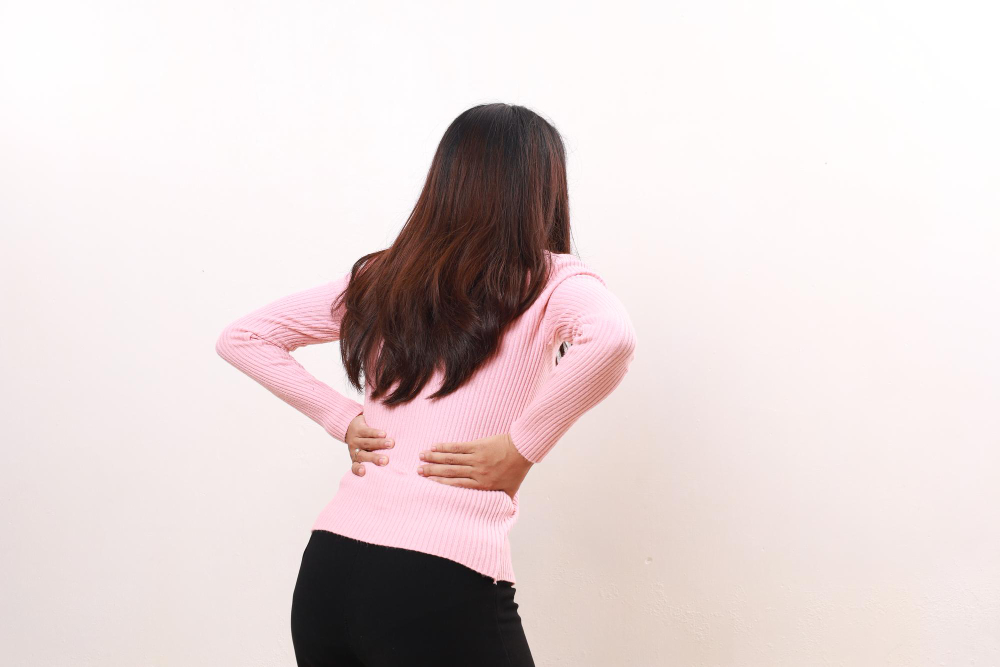
Back pain is one of the complaints of women during menstruation. Although not all women feel the same complaints, back pain during menstruation tends to be annoying. Even some people who experience back pain during menstruation are unable to do their usual activities. Actually, what is the cause of back pain during menstruation and what is normal? Let's discuss the following.
Back pain during menstruation, known as dysmenorrhea, is a common symptom experienced by many women of childbearing age. Back pain during menstruation is the most common condition of the body's reaction to menstruation. Usually this back pain occurs when prostaglanding in the uterine lining increases, namely on the first day of menstruation.
The purpose of this increase in prostaglandin levels is to trigger contractions of the uterus in shedding its walls. The more prostaglandins that are produced, the stronger the pain or back pain.
In addition, there are several conditions that cause back pain during menstruation. including uterine infections, uterine fibroids, endometriosis, adenoysis to pelvic inflammation. In general, pain that arises due to these health problems has typical symptoms. For example, the pain lasts longer with more severe pain intensity. This pain will get worse with age.
Period back pain, or dysmenorrhea, may be accompanied by a variety of additional symptoms that can make you feel uncomfortable. Some of the symptoms commonly associated with period back pain include:
Back pain during menstruation can be very disruptive to daily activities. Here are some ways that can help reduce or manage back pain during menstruation:
Use a heating pad or a warm water bottle wrapped in a towel on the affected back area. This warm compress can help relieve muscle tension and reduce pain.
If a warm compress doesn't help with pain, try using a cold compress or ice pack wrapped in cheesecloth to reduce inflammation and alleviate pain.
Do a gentle massage of the lumbar region or lower back to relieve muscle tension and improve blood circulation. You can also try to find a professional masseuse who is trained in reducing menstrual pain.
Drinking warm water or herbal tea can help relieve cramps and improve blood circulation.
Non-steroidal anti-inflammatory drugs (NSAIDs) such as ibuprofen or naproxen can help reduce pain and inflammation. Make sure to take the medication according to your doctor's instructions or the instructions on the packaging.
Relaxation techniques such as meditation, yoga, or deep breathing can help reduce stress and increase comfort during menstruation, which in turn can help reduce pain.
Do light exercises such as walking or swimming to increase blood flow and relieve muscle tension. Avoid exercise that is too strenuous or hard during menstruation.
Eating a diet rich in nutrients, such as fruits, vegetables, whole grains, and healthy proteins, can help reduce inflammation and manage pain.
Make sure to get enough rest during your period. Adequate rest can help your body recover and reduce the tension that can cause back pain.
Those are the causes, symptoms and how to deal with back pain during menstruation. When experiencing back pain during menstruation, it is very important to take good care of yourself and seek medical help if needed. (Aq/LDS)